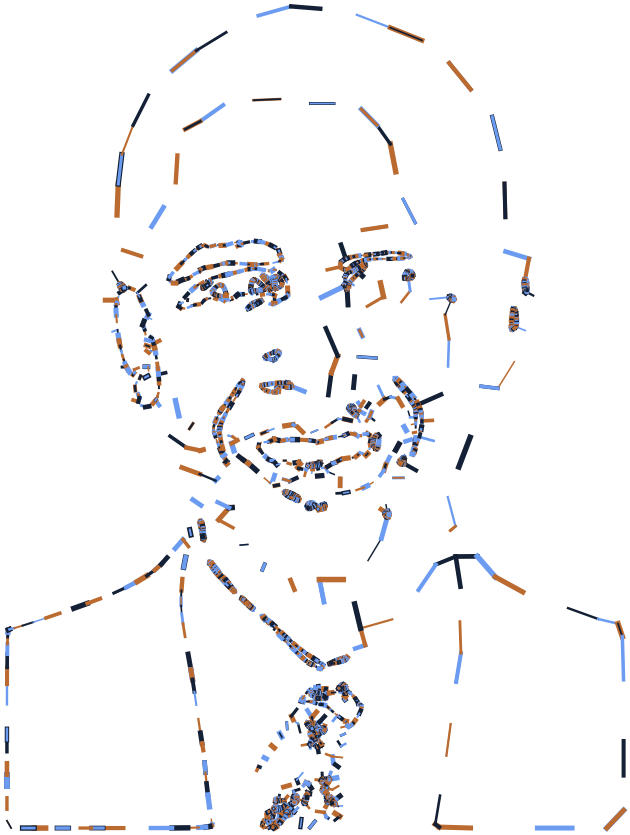

You'll realize that the "modern" GL API is already 13 years old while the fixed Tutorial that address the fixed pipeline and you don't want to read it because If you see any of them in a tutorial, run away because it it's most certainly a

GlTexCoordPointer, glNormalPointer, glRotate, glTranslate, glScale, GlPushAttrib, glPopAttrib, glVertexPointer, glColorPointer, GlPolygonMode, glBitmap, glAphaFunc, glNewList, glDisplayList, GlMatrixMode, glLoadIdentity, glPushMatrix, glPopMatrix, glRect, GlVertex, glColor, glLight, glMaterial, glBegin, glEnd, glMatrix,
#NODEBOX ANIMATION EXAMPLE HOW TO#
How to know if a tutorial address the fixed pipeline ? It's relatively (and cannot) that they use a deprecated API. Is that there are a lot of tutorials online that still use this fixed pipelineĪnd because most of them were written before modern GL, they're not even aware This is the reason why it has beenĭeprecated more than ten years ago and you don't want to use it today. It was simple but not very powerful because the user had not muchĬontrol over the graphic pipeline. OpenGL was using a fixed pipeline that made it easy to rapidly prototype some Shaders that allow to have direct access to the GPU. With the introduction of the dynamic pipeline (OpenGL 2.x), i.e. Not changed too much in the first twelve years, a big change occurred in 2004 To understand OpenGL API evolution over the years. (and is still happening actually, with the newly released Vulkan API and theĤ.6 GL release) and consequently, before diving into the book, it is important OpenGL is 25 years old! Since the first release in 1992, a lot has happened Tutorial and an open access book From Python To Numpy. I'm also the author of the popularĪrticle Ten Simple Rules for Better Figures, a popular matplotlib Schools worldwide (SciPy, EuroScipy, etc). Visualization at the University of Bordeaux and in various conferences and Numpy, OpenGL) and I've been teaching Python, numpy and scientific

I'm the author of several online resources and tutorials (Matplotlib, I've been using Python for more than 15 years and numpy for more than 10 yearsįor modeling in neuroscience, machine learning and for advanced visualization National center for scientific research ( CNRS). Research in computer science ( LaBRI), the University of Bordeaux and the Institute of Neurodegenerative Diseases, the Bordeaux laboratory for I'm working within the Mnemosyne project which lies at the frontierīetween integrative and computational neuroscience in association with the Of the Research & Education Ministry, and the Ministry of Economy Finance and Scientific and technological establishment (EPST) under the double supervision Institute for research in computer science and control. I am a full-time research scientist at Inria which is the French national And of course, everything will be fast and beautiful. Isolines, markers, colormaps, arbitrary transformations but there areĪctually many more techniques to be discovered and explained in this To explain several techniques dedicated to scientific visualisation such as In fact, modern OpenGL allows toĬontrol pretty much everything in the pipeline and the goal of this book is Sufficient to achieve great visualisation. It does not cover up-to-date OpenGL techniques but it is The book uses the GLESĢ.0 API which is the most simple API for accessing the programmable graphic OpenGL and a set of basic and advanced techniques in order to achieve bothįast, scalable & beautiful scientific visualizations. Python programmers with OpenGL, providing both an introduction to modern Really easy to program something using the fixed-pipeline and libraries suchĪs Pyglet but things have became more difficult with the introduction of theĭynamic graphic pipeline in 2004. Python and OpenGL have a long but complicated story.


 0 kommentar(er)
0 kommentar(er)
